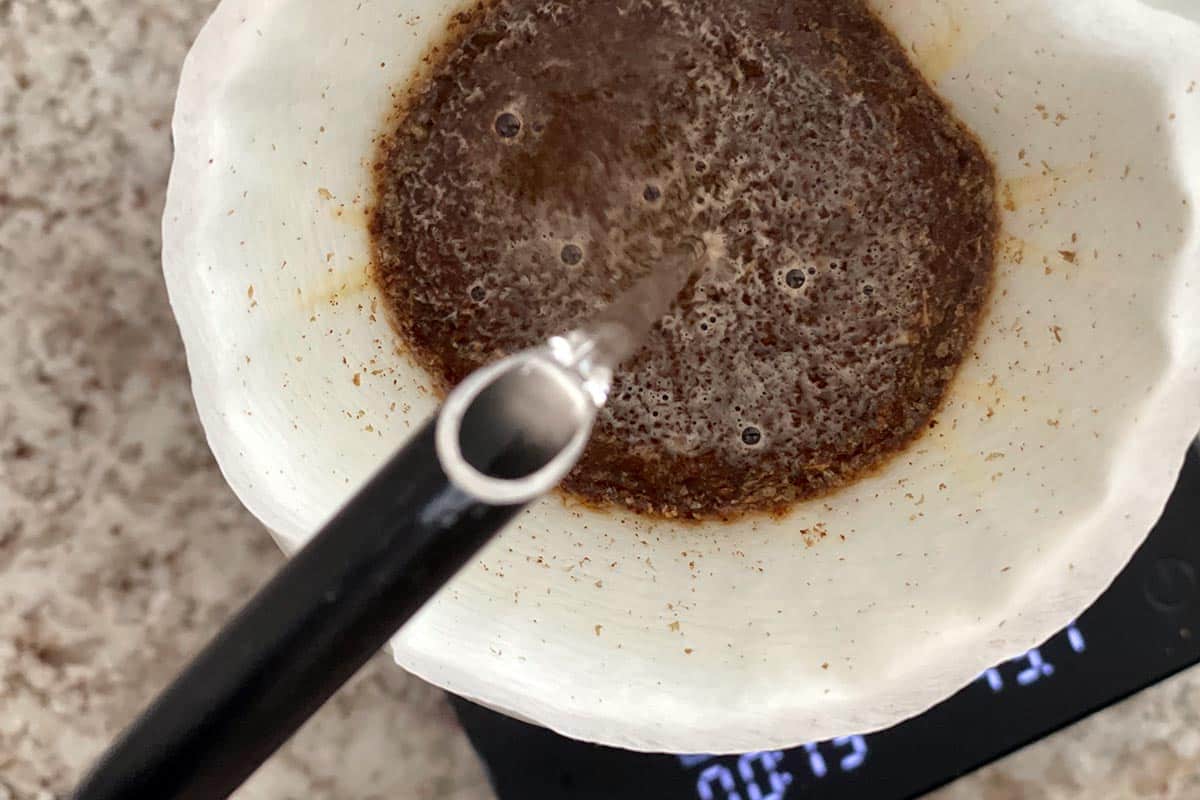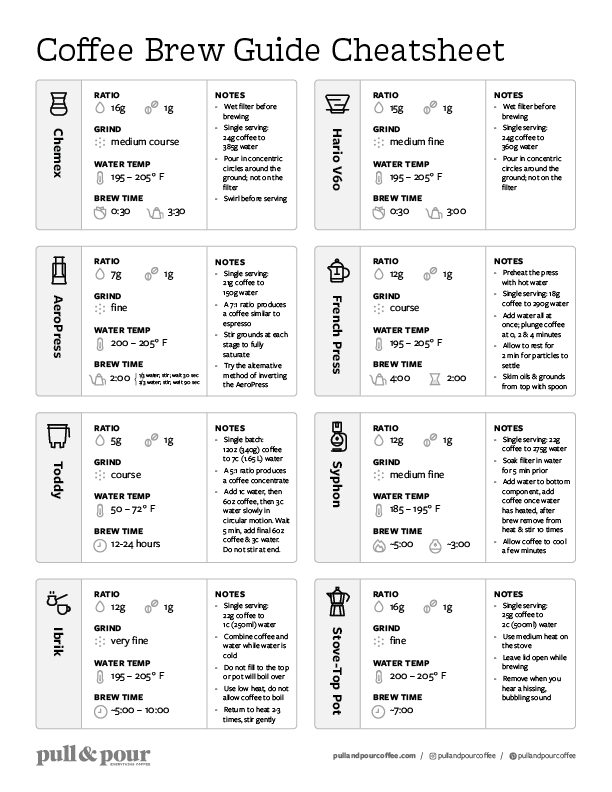New to pour over? It can seem overwhelming as you get started, but can be your favorite part of your morning ritual after you get the hang of it. Check out these nine tips to help improve your specialty coffee brews.
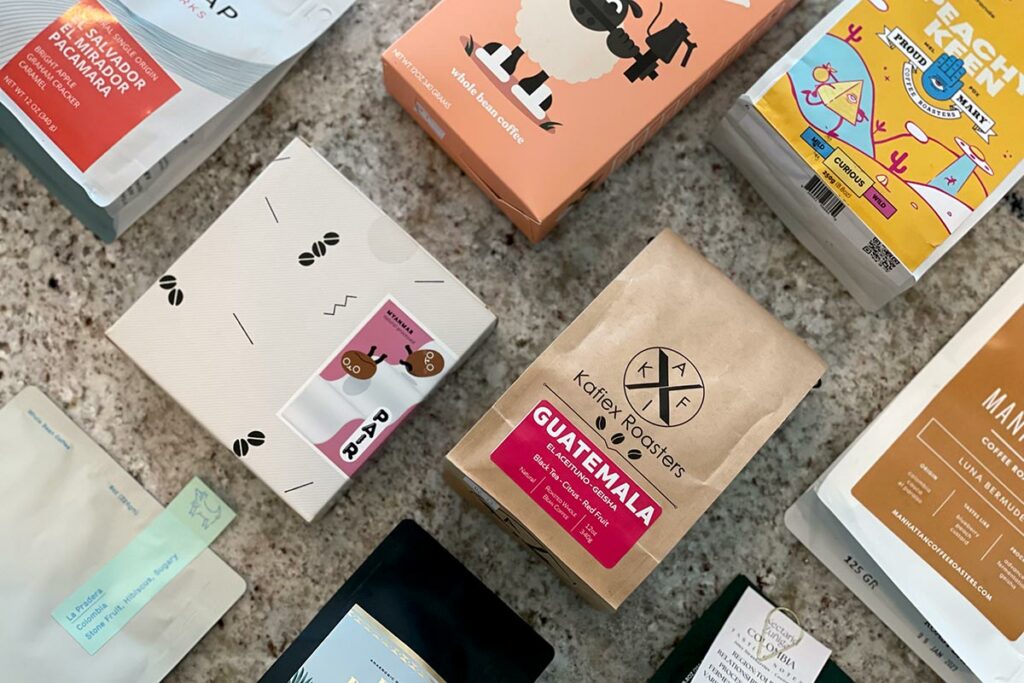
Tip 1: Use freshly roasted, high-quality coffee
Don’t skimp on the beans. Your final cup can only be as good as the beans you start with. Find a local coffee shop or use a subscription like the Pull & Pour Coffee text-to-order club to find great options.
Check out this article on tips about making better choices when buying coffee.
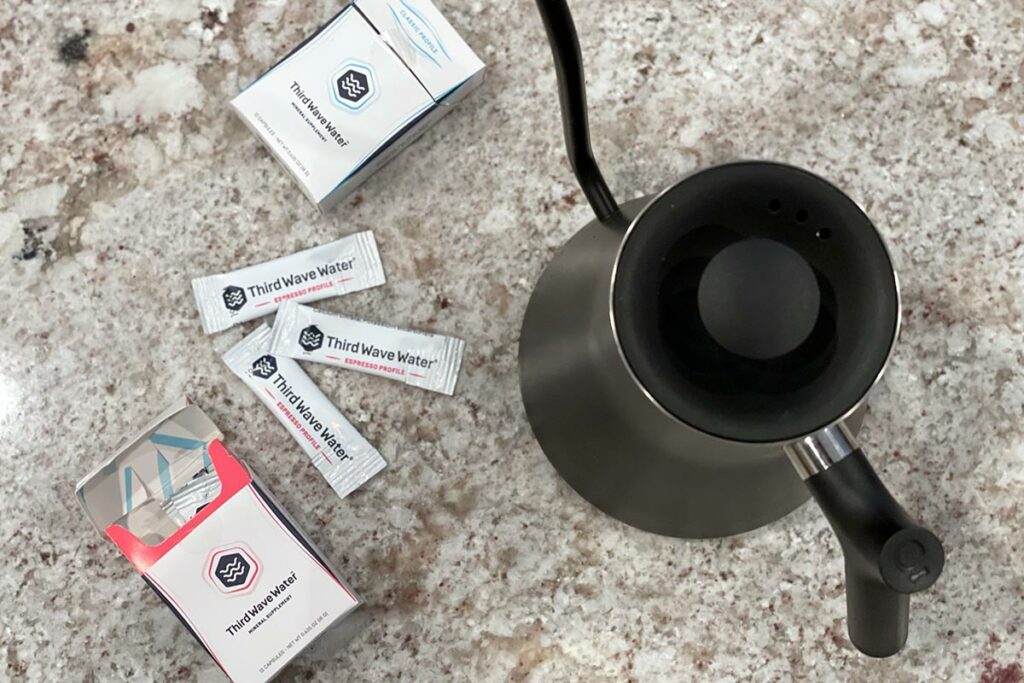
Tip 2: Test your water
Coffee is 98% water, so you want to make sure the water you are using to brew your coffee isn’t adversely impacting your final cup. You can easily test your water with kits from Amazon. There are a lot of coffee-specific water options from Third Wave Water to the Peak Pitcher.
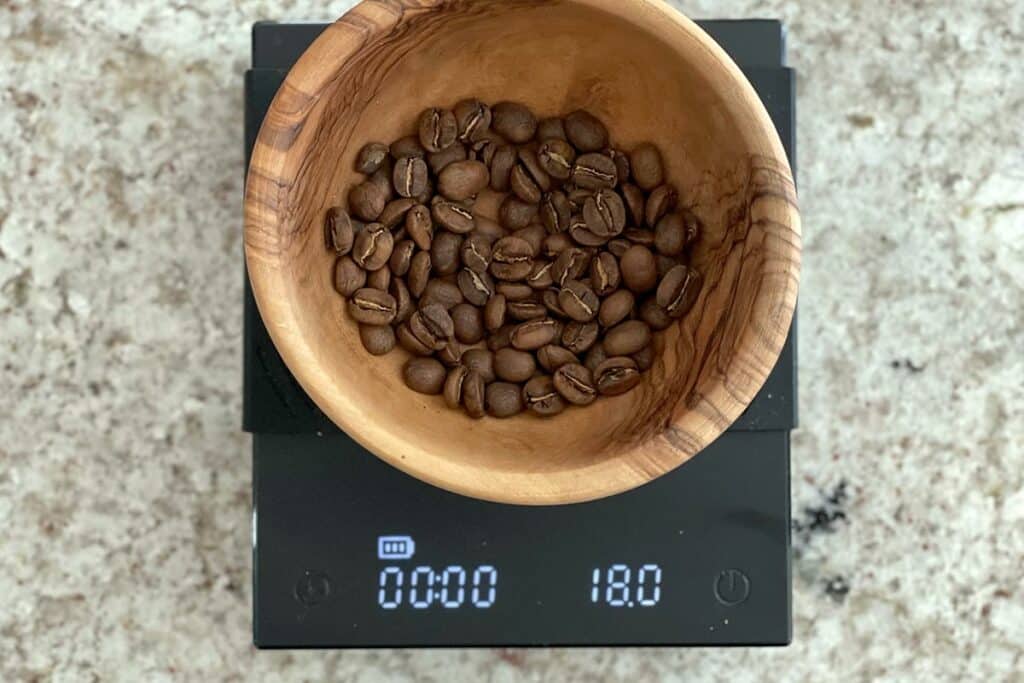
Tip 3: Use a scale to weigh coffee and water
The ratio of coffee to water is critical when making pour over coffee. Start with 16g of water to every 1g of coffee (learn more about coffee-to-water ratios in this article). Use a scale that can easily measure grams and won’t automatically shut off.
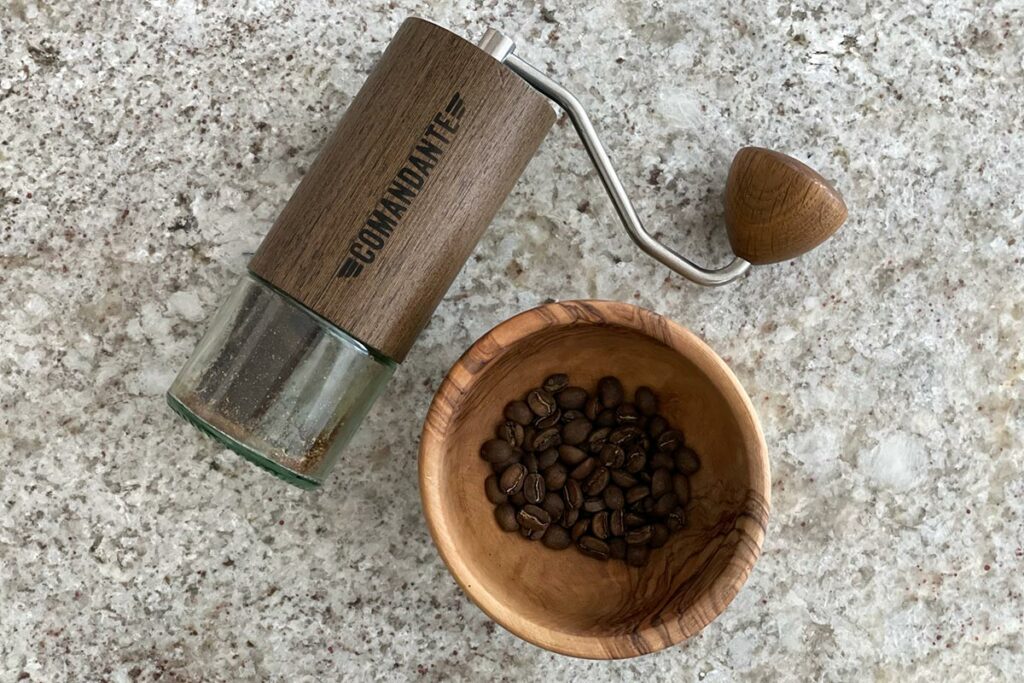
Tip 4: Use a burr grinder vs. blade grinder
Burr grinders grind much more consistently than blade grinders. This means the coffee particles are all a more even size which leads to more even extraction when brewing the coffee (extraction is a complex topic, so don’t worry if this is confusing—just know you want even extraction and burr grinders are a great way to achieve that. Check out this article on improving extraction when brewing if you want to know more).
Grinders can get very expensive (thousands of dollars expensive!). If you’re willing to spend a few hundred dollars, I think the Fellow Ode or Wilfa Uniform are the best options for pour over. If you want a more budget option, the Timemore Chestnut C2 hand grinder is only $59 and is likely your most economic option.
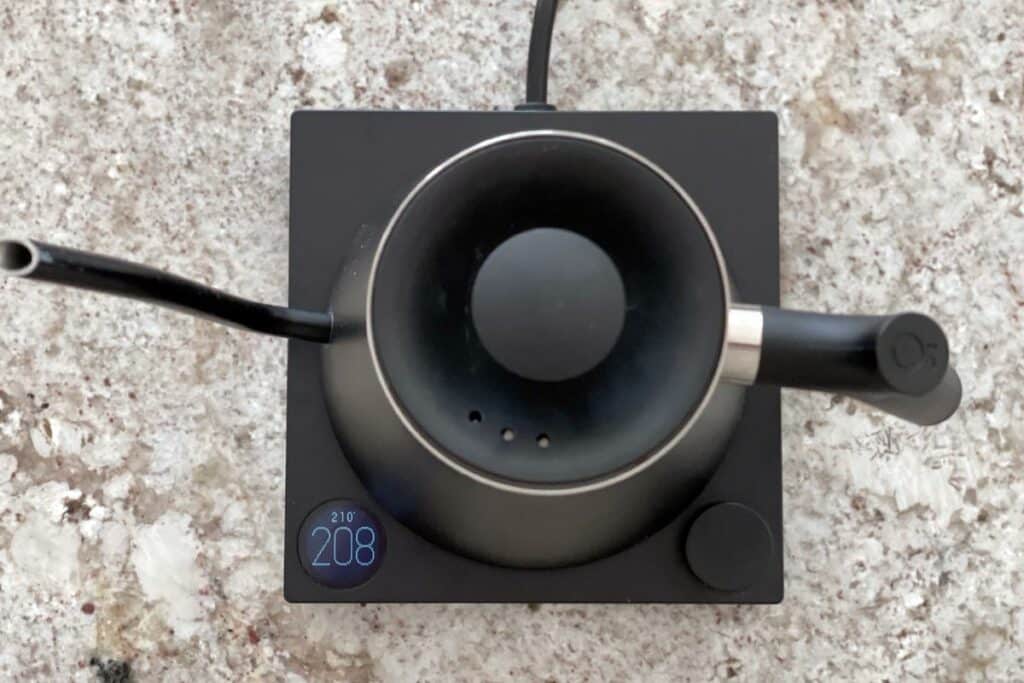
Tip 5: Pay attention to the water temperature
When brewing pour over coffee, you should ideally use a kettle that can control water temperature. Lighter roasts are fine to brew right off boil, but if you prefer darker roasted coffee you’ll want to be closer to 185-195° F.
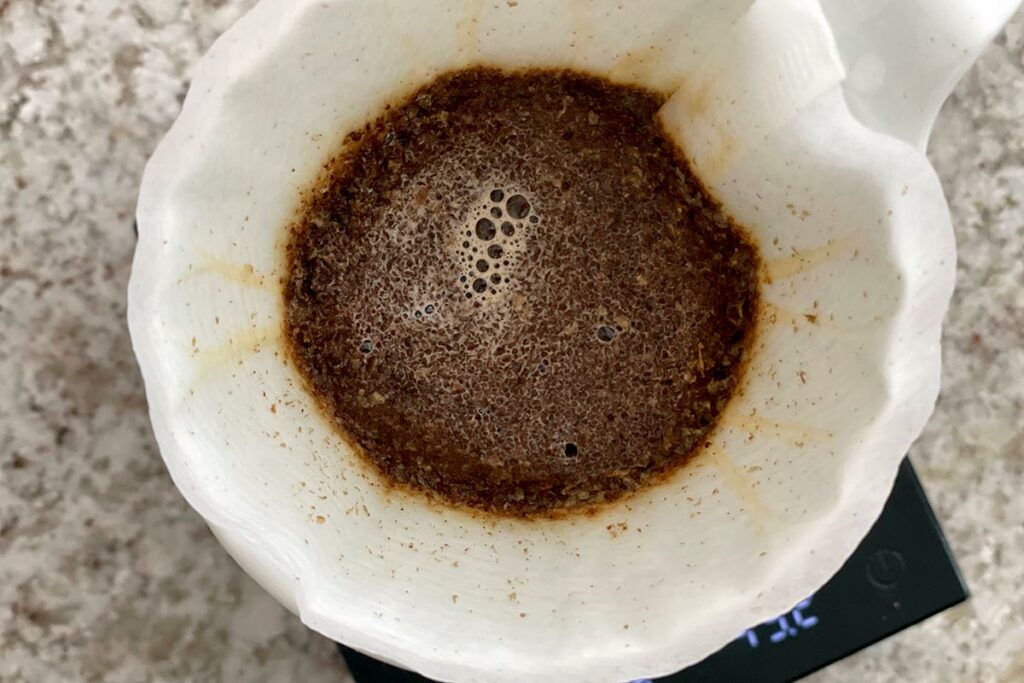
Tip 6: Don’t forget the bloom
For your first pour, be sure to soak all of the coffee grounds and then wait 30-60 seconds to allow the coffee grounds to “bloom” and release CO2. This helps lead to better extraction—in other words, a more tasty final cup.
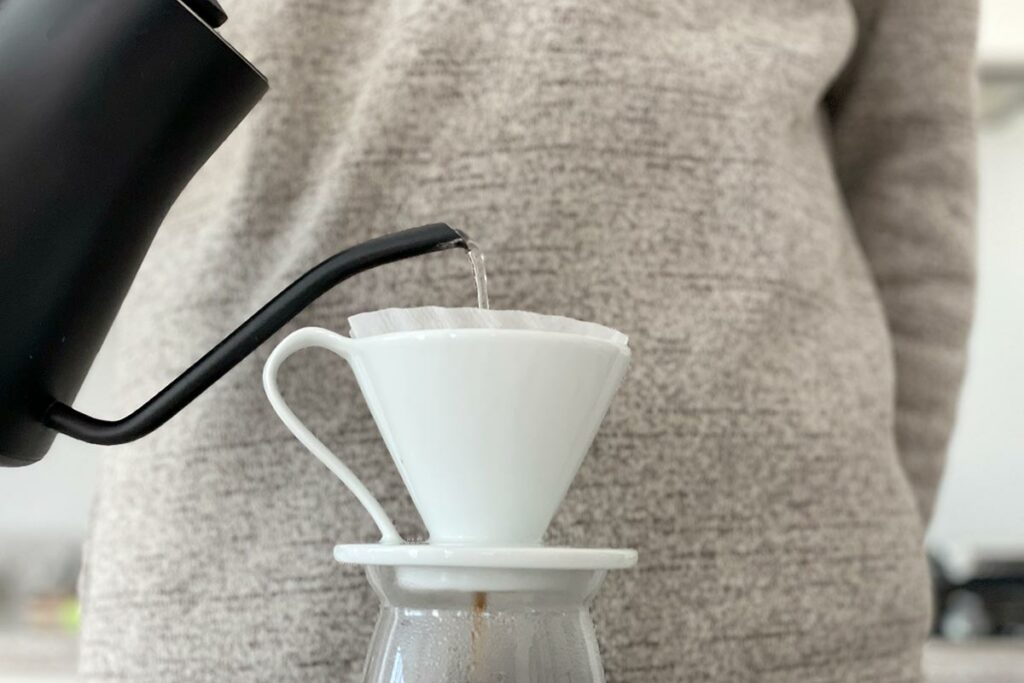
Tip 7: Pour consistently
Changing pour height or pour speed changes agitation and can impact the profile of the final cup. Pour slowly at a rate of 6-8 grams per second from an inch or two off the coffee grounds—and be consistent.
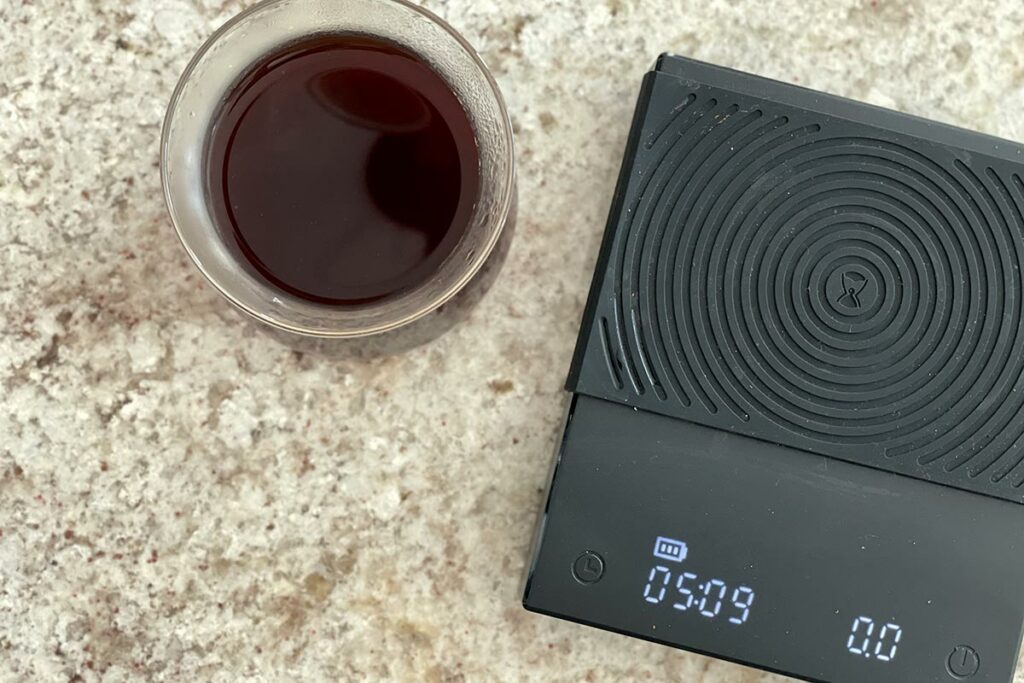
Tip 8: Let it cool
Always let the coffee cool a few minutes before drinking it. You’ll be able to taste a wider range of flavors in the cup. Try letting it cool to room temperature too to see how much the flavor evolves.
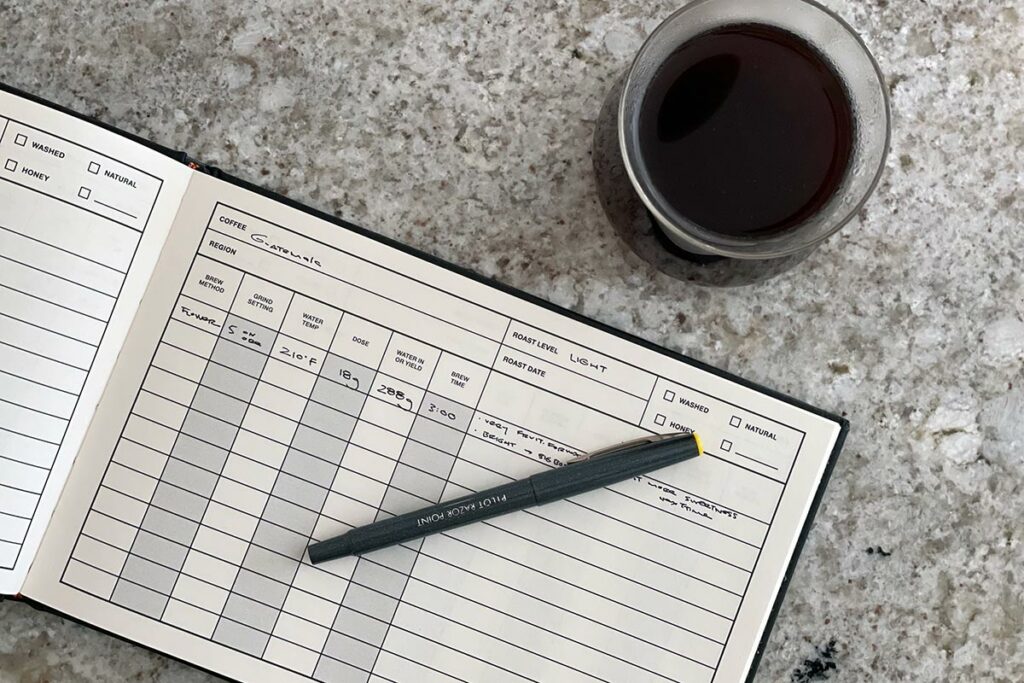
Tip 9: Iterate & improve
Always write down what you did so you can easily repeat it if it tastes great or make adjustments if something went wrong.
The Bottom Line
Making pour over coffee can be one of the most enjoyable routines each morning. Hopefully, these tips help improve your coffee and make the morning ritual a bit less intimidating.
